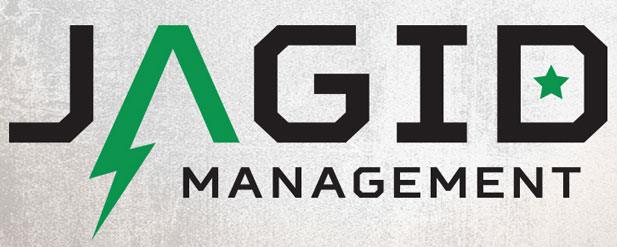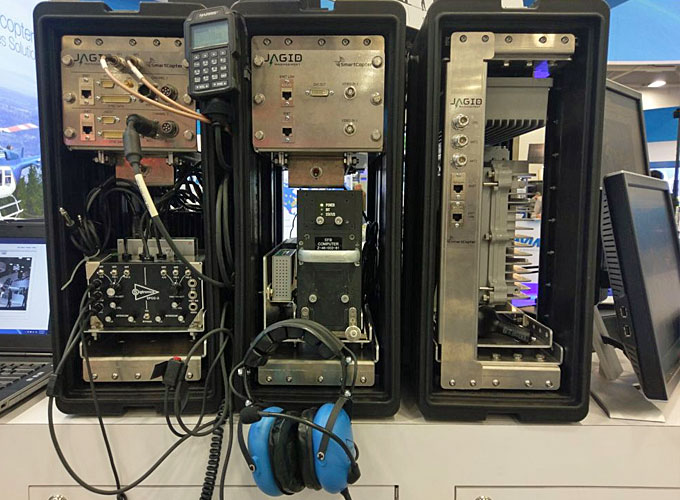
By Cory Crowley, Innovative Engineering Solutions of America (IESA)
In an age of innovation and enlightenment, entrepreneurs are rapidly changing the product landscape.
Breakthrough advances in science and technology continue to shape future life, commerce and public safety.
Each day, exciting new innovations and products are moved to the marketplace that has the potential to change how we produce, communicate and live.
Although the Federal government is the largest purchaser of goods and services in the nation (and perhaps the world), unfortunately, daunting government procurement regulations make it virtually impossible for many of these products and innovators to apply that unbridled American ingenuity into the Federal and state acquisition process.
Instead, prospective partners all too often turn away— especially start-ups and small businesses, which lack the necessary capital and expertise to navigate a system as equally complex and cumbersome as the American tax code.
The antiquated procurement code over-values products and services that are either “lowest priced and technically acceptable” or driven by vehicles that set aside government work for those that are disadvantaged like the 8a, Hub Zone and Service Disabled Veterans Program.
Although, these aforementioned mention programs offer unique intrinsic value, they have not changed with the times and are awarded in the fiscal year vacuum.
Large contracts are all too often awarded year over year, to the same large contractors’ who have built long term relationships that no longer benefit the taxpayer or foster continued innovation.
As the challenges confronting the federal government become more complicated, so too will the types of services and goods needed to address them.
Consequently, complex products and their associated acquisition requires a sophisticated and nimble contracting approach.
For example, in times of natural disaster, such as the recent hurricanes Harvey, Irma and Maria, the US Government casts a wide net for private sector assistance to provide services and procure basic necessities to assist those desperately in need.
While in many cases that preparation and planning has helped to save thousands of lives, what happens when basic public services are cut off, whereby disrupting vital recovery efforts and impeding public commerce and safety?
Few innovations have been as transformational as the the invention of the cell phone.
But as we have seen recently in the hurricane ravaged island of Puerto Rico, the net of safety and commerce can disintegrate quickly when our cell phone services are cut off.
In the months since Mother Nature leveled Puerto Rico’s infrastructure, public safety officials and the public alike are still struggling with basic communication.
(After almost a year of working to pull itself from what was considered a fiscal death spiral, Puerto Rico finds itself in a vortex of a humanitarian crisis wrought by Hurricane Maria. Courtesy of NBC News and YouTube. Posted on Sep 22, 2017)
Those in serious need have no way to communicate with loved ones, nor can first responders or those providing government support without the vital lines of communication we take for granted every day.
The people of Puerto Rico need an innovative American company to help solve this problem.
One example of such a company is JAGID Management, (Jake’s Aerospace Government International Defense – JAGID), an aerospace start-up that is revolutionizing how helicopters communicate.
Most helicopters in use today around the world, were built, ordered and delivered prior the IPhone revolution.
Air to ground communication and the flow of information is still in the “dark ages” as compared to how we communicate today.
Until now, the solution would be to simply purchase a new aircraft or a complete cockpit system upgrade, which is not only prohibitively costly, but also a lengthy endeavor that would impede operations.
 Recognizing a gap in the marketplace, JAGID developed a portable solution, known as SmartCopter, which can be deployed for a mere fraction of the cost.
Recognizing a gap in the marketplace, JAGID developed a portable solution, known as SmartCopter, which can be deployed for a mere fraction of the cost.
SmartCopter is a portable intelligence, surveillance and reconnaissance (ISR) cockpit situational awareness and communications system that expands ground-based operations for law enforcement and military operators around the world.

Essentially, SmartCopter is a roll-on/roll-off communication suite that provides not only a portable cockpit upgrade, but also features a wireless electronic flight bag interface.
JAGID SmartCopter Features Include:
Increased pilot and crew safety
- Digital moving maps, terrain avoidance warning systems (TAWS/HTAWS)
- Electronic Flight Bag (EFB) capabilities aviation charts and maps, flight manifests and mission plans, etc which is expandable and scalable
- Portable no integration required option up to fully integrated and upgraded cockpit and mission display options
- EIOR and video processing, storage and live air to ground and ground to air fees using Harris 7850A or other wideband capabilities required by the customer such as LTE or microwave
- Mission and sensor storage up to 1Tb, and growing
- Integration with legacy sensors or low cost portable options up to state of the art technology
- Health monitoring solutions deliver a variety of capabilities that enable operations to lower operating costs through preventative maintenance, flight and operations analytics and active sensing which allow operations to monitor the aircraft live
- Gives the end user with a significant fleet management capability that enables them to reduce operational costs by giving everyone on the team more information, on the go to make better decisions about maintenance analysis, safety, training, and interface to the supply system.
- SmartCopter will provide a transformational ability to the customer from crew chief to design engineer
(Learn More about SmartCopter Tactical Comms (moving maps, HTAWS, 4G/3G/Edge/GSM/Iridium/Wifi, video data processing, storage and EFB capabilities), featuring Jake Williams, CEO, JAGID Management. Courtesy of JAGID SmartCopter Solutions and YouTube. Posted on Dec 1, 2017)
This fully portable solution, costs less than 20 percent of a fully integrated mission system and gives pilots and aircrew improved air-ground situational awareness via uplinked ground video, as well as access to detailed moving maps and charts along with text-based information from the ground during flight.

(ISR) cockpit situational awareness and communications system that
expands ground-based operations for law enforcement and military operators
around the world.
But beyond its portability and affordability for helicopter operators, SmartCopter technology could easily be functionally converted to support other mission needs, including medivac services or even double as portable LTE towers in times of natural disaster.
Smartcopter was recognized in the top 20 innovative products at Heli-Expo 2017.
According to AviationToday .com, the SmartCopter solution “is a portable intelligence, surveillance and reconnaissance (ISR) cockpit situational awareness and communications system that expands ground-based operations for law enforcement and military operators.”
As private industry pioneers and embraces new ideas like bitcoin and block chain technology, it’s imperative for all parties, vendors (large and small) as well as the Federal government to embrace change and a more efficient and open way to procure goods and services.
In times of natural disaster, American’s in need cannot afford to wait for the federal bureaucracy when innovative technology can assist today.
About the Author:

Cory Crowley, is the Co-Founder and Partner, Innovative Engineering Solutions of America (IESA).
IESA began with the goal of bringing innovators and subject matter experts into partnership to conceptualize, design, and engineer world class solutions to some of the most challenging design problems.
IESA is comprised of engineers, designers, developers, urban planners, public and community relations experts, national and local security experts, former U.S. Government officials, and experts from a vast array of private industries such as energy, infrastructure, transportation, and finance.
 IESA is also unique among engineering firms because they work directly with the communities in which their projects are located to be sure all stakeholders have a voice and to be sure they use local labor as often as possible.
IESA is also unique among engineering firms because they work directly with the communities in which their projects are located to be sure all stakeholders have a voice and to be sure they use local labor as often as possible.
As their name says, (Innovative Engineering Solutions of America – IESA) they are here “for America” and hire local to bring good paying jobs to communities and hopefully help to improve the quality of life for fellow Americans through their designs and through the resources spent to build them.


















